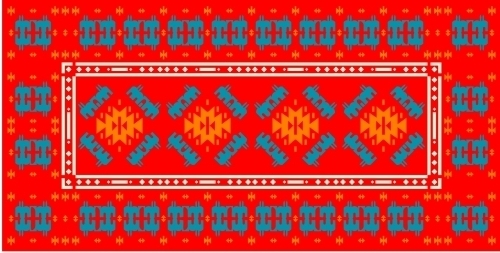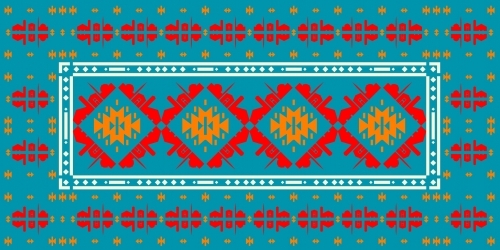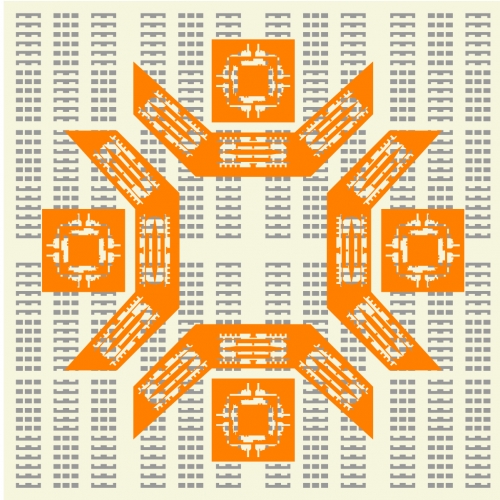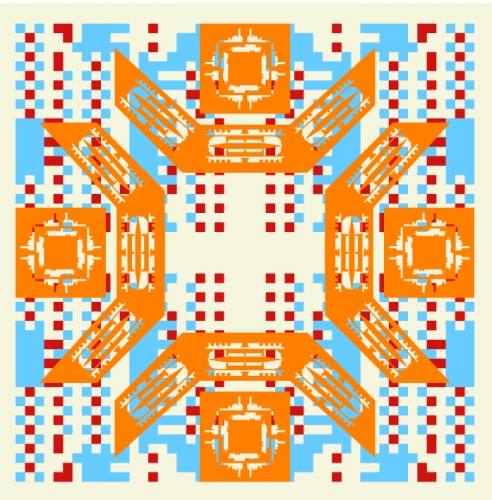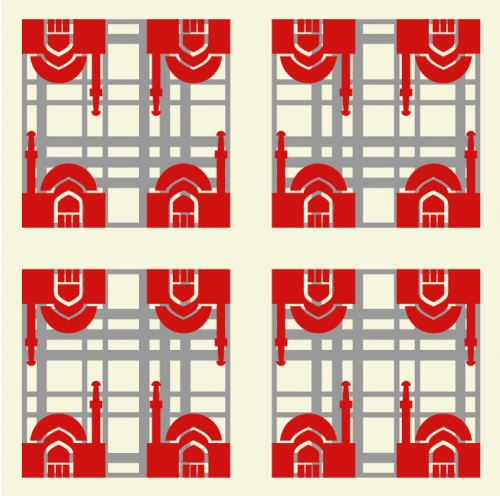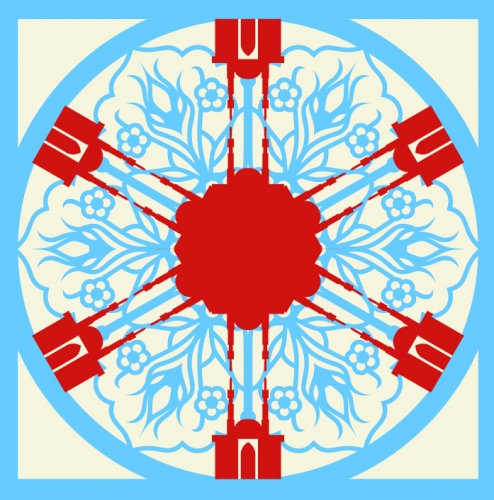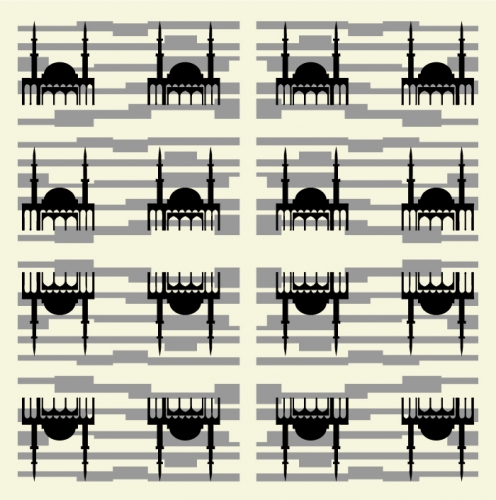Palimpsest of ’89
Installation, single-channel animation (2017)
Commissioned by the Moderna galerija, Ljubljana, SI
Palimpsest of ’89 is an artistic installation exploring the role of Sarajevo’s cultural institutions in shaping the common heritage of Yugoslavia. The project was produced for The Heritage of 1989 exhibition at the Museum of Modern Art (Moderna galerija) Ljubljana, which reenacted the Second Yugoslav Documents, the largest retrospective of Yugoslav art before the 1990s Yugoslav breakup. Palimpsest of ’89 visualizes how the region’s history has been “written and rewritten” through the work of institutions that have been framing and preserving the common heritage. The installation is conceived both as exhibition furniture and as a conceptual structuring format that organizes the exhibition through specific historical contexts. The first idea translates into the exhibition space using museum shipping crates, representing the museum as an institution that preserves cultural memory and frames common heritage. The second idea is articulated by a “palimpsestual carpet,” proposing a model for thinking about the creation of the common heritage through the weaving of integrative and disintegrative narratives and policies related to cultural institutions. Taken together, these two ideas inform the design of the exhibition architecture in the form of museum shipping boxes painted with carpet patterns that provide the historical context for the interpretation of artworks on display.
Carpet iconography functions like a form of storytelling and history writing. The carpet patterns of this piece depict the creation of the common heritage through selected cultural institutions that were founded in each period of Sarajevo’s history: 1. The Pre-Modern (Pre-Ottoman and Ottoman), 2. The Modern / Austro-Hungarian, 3. The Modern / Socialist, and 4. The Post-Dayton Period (1995–2016). Each of these periods translates into one layer of the palimpsestual carpet, and with each room, more and more symbols are added to the carpet, while others get revised or erased. The largest, central space of the exhibition focuses on the period of the War of 1992–95 as well as on the now, represented through an analog / digital carpet in the center of the space. This carpet brings together the constantly changing digital animation of all patterns from all exhibition rooms with the real-time crisis of the common heritage of today and of the future.
…………………………………………………………………………
Project commissioned by the Museum for Modern Art, Ljubljana, for the exhibition Heritage of 1989. Case Study: The Second Yugoslav Documents (2017).
Materials: museum shipping crates, painted textile patterns, 1 animation
Dimensions: 4 boxes: 1.23 x 1.23 x 0.30 m; 1 box: 2.5 x 2.5 x 0.3 m; 8 boxes: 1.5 x 0.5 x 0.4 m; 1 box 5 x 1.6 x
0.3 m; 4 boxes: 0.4 x 2.4 x 0.3 m; 2 boxes: 3.2 x 1.72 x 0.3 m; animation: single-channel, 20 min.
Concept and artistic direction: Azra Akšamija
Research and development: Azra Akšamija (history), Blanca Abramek (patterns), Joshuah Howard (animation), Kristen Wu (patterns); Zdenka Badovinac, Bojana Piškur
Production: Kristen Wu (stencils), Museum for Modern Art, Ljubljana
Special thanks: Adela Železnik
